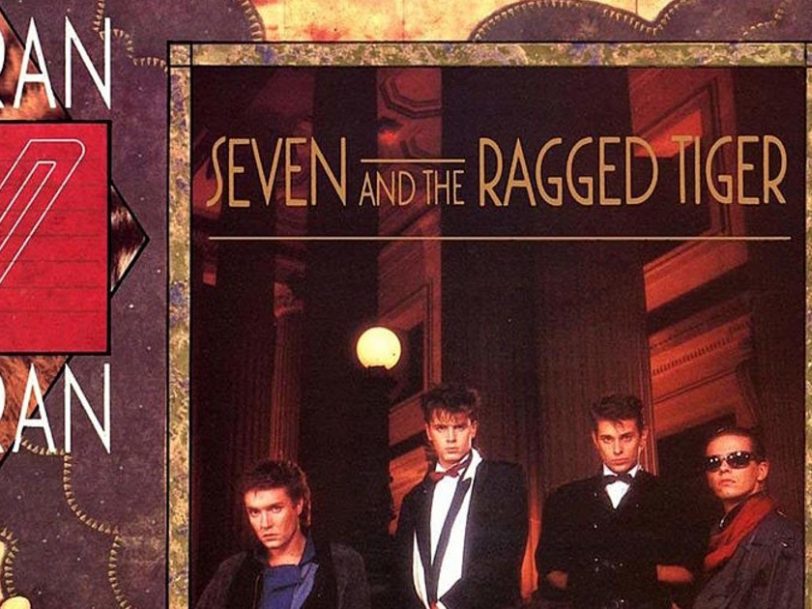While their fame would eventually settle into something more manageable, the hysteria surrounding the “Fab Five” in 1983, with its evocative echoes of Beatlemania, would prove distracting for Duran Duran as they sought to record their third album, Seven And The Ragged Tiger.
Listen to ‘Seven And The Ragged Tiger’ here.
“I didn’t know my head from my arse by the time we started”
It had been more than a year since Rio and the era-defining videos for Save A Prayer and Hungry Like The Wolf broke the band in the US. Back home, the punchy power-pop stopgap single Is There Something I Should Know? had even entered the UK charts at No.1 – a rare occurrence for any band back then. With thoughts turning to what would come next, the challenge wasn’t insignificant. Bassist John Taylor later recalled: “I didn’t know my head from my arse by the time we came to starting the album. We’d worked Rio until we were blue, and we had no new material.”
Who can blame such a stark assessment? Tabloid culture may have been in its infancy, but interest in Duran Duran was phenomenal, and there were plenty of entertaining distractions; the global promotional demands were great, and the customary bank of half-baked ideas and demos just didn’t exist. In classic 80s style, the answer appeared obvious: become tax exiles, decamp somewhere fabulous and let the creative juices flow.
Dancefloor credibility and knockout tunes
Plan A was the south of France, though little emerged from sessions bar a rough cut of Seven And The Ragged Tiger’s future lead single, Union Of The Snake. Plan B was Montserrat, in the Caribbean, and, slowly, new producer Alex Sadkin, who had worked with Robert Palmer and Grace Jones, with assistance from Ian Little teasing out a morsel more. Finally, a stretch in Sydney, Australia, completed the new album’s nine songs.
Duran Duran would create more cohesive records, but Seven And The Ragged Tiger showcases colossal recording budgets, a choppy confidence in the band’s growing dancefloor credibility and some knockout tunes. The Nile Rodgers remix of The Reflex would drive the song to the top of the transatlantic charts in 1984 (and, statistically speaking, the peak of the group’s lengthy career), but the less frantic album version song is masterful funk-pop that contains all the critical raw ingredients of the familiar mega-hit.




